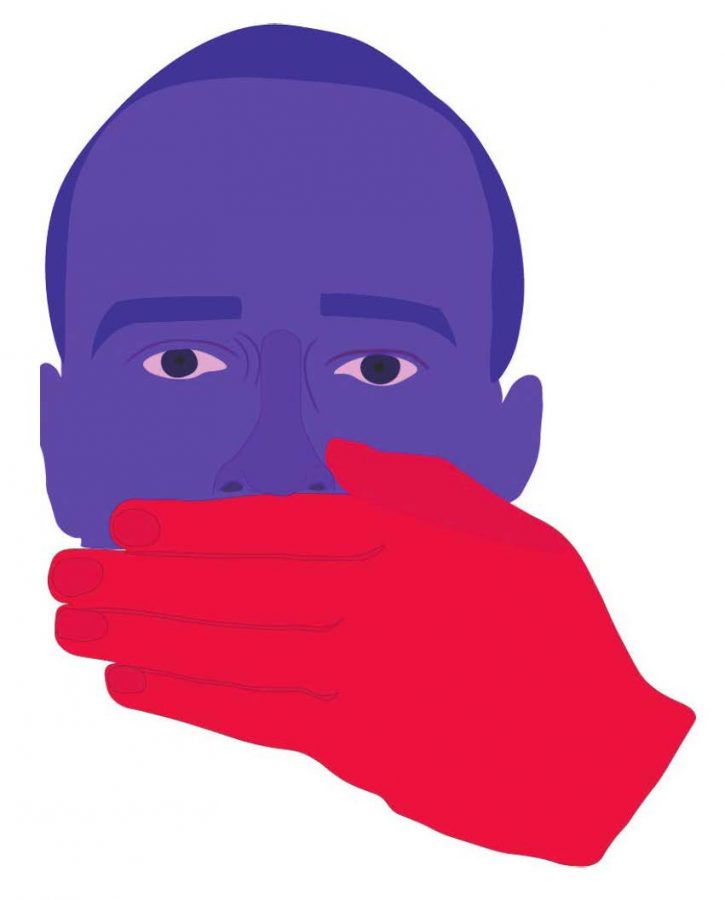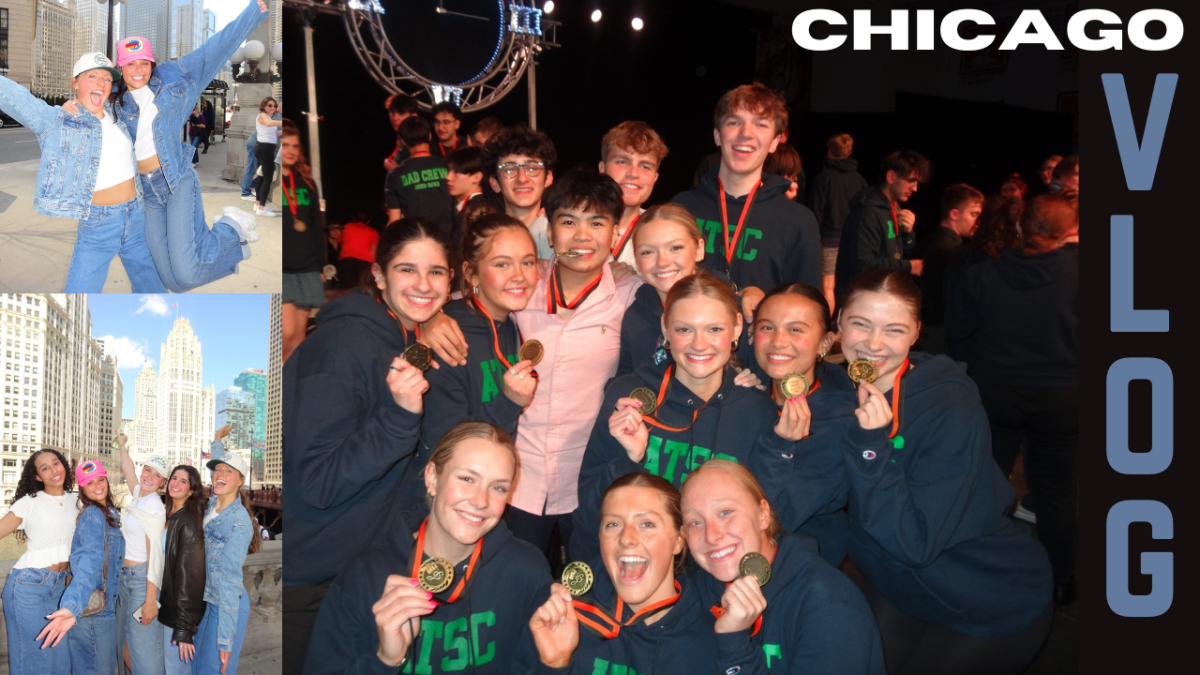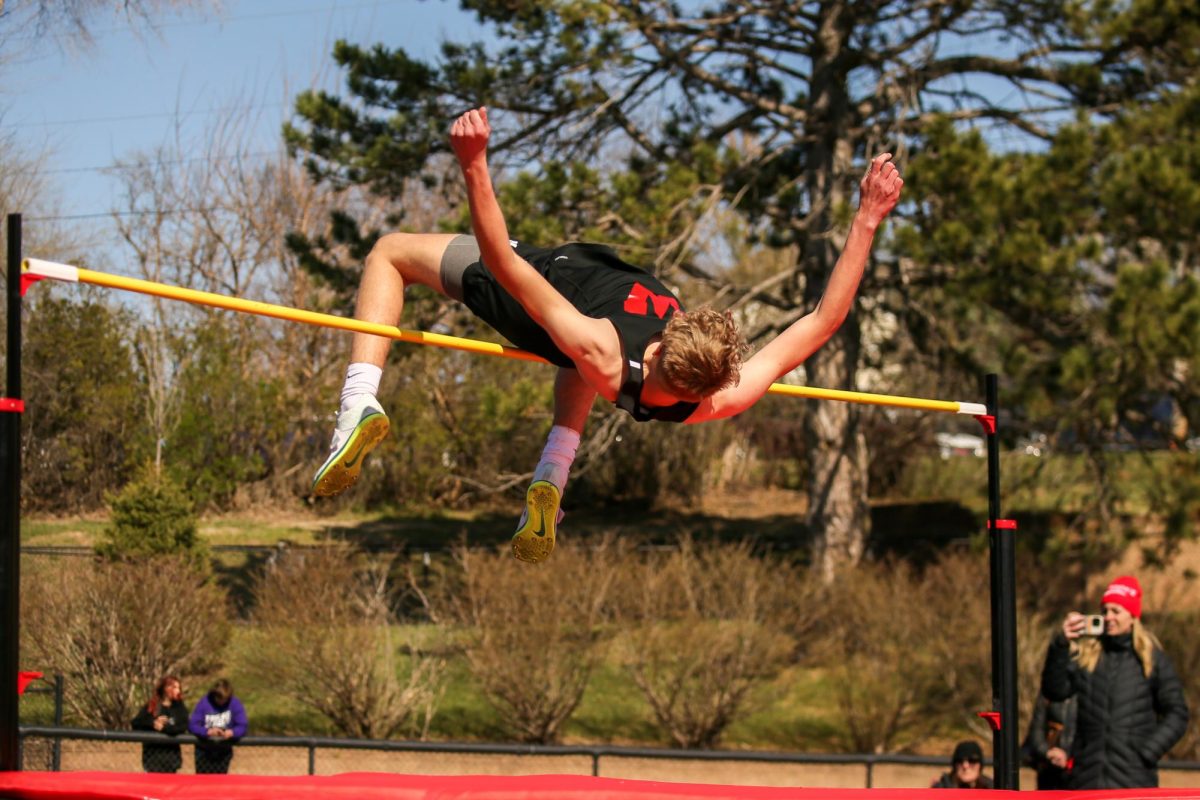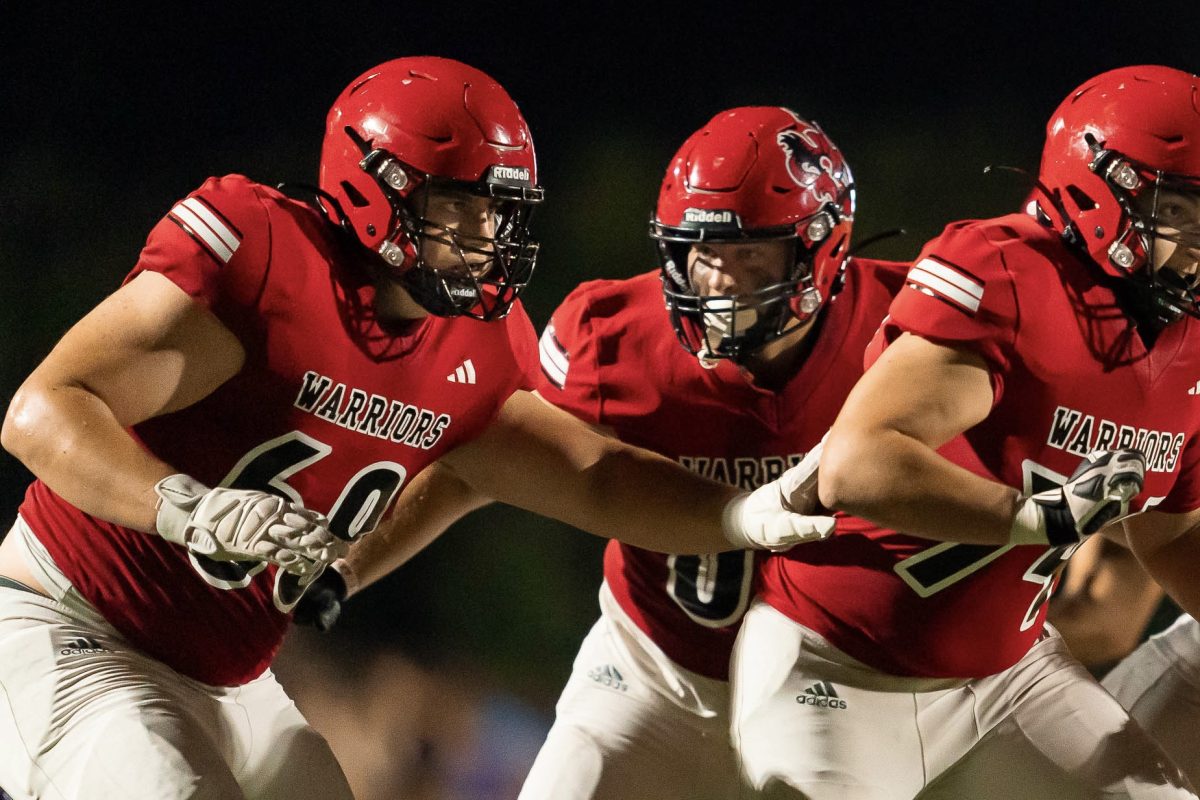Graphic by Mina Testolin
Mina Testolin, Lance Copy Editor
According to the Connecticut Alliance to End Sexual Violence, one in four females and one in six males will experience sexual assault in their lifetime.
Although sexual assault is commonly recognized as a female issue, a large number of males are still affected, but male victims don’t report it as often. The National Sexual Violence Resource Center details that only 47 percent of sexual assaults are reported and only one in 25 reported assaults are against a man.
Jenny Heineman, instructor of sociology at the University of Nebraska at Omaha (UNO), said she believes that the greatest source of stigma around male victims is the patriarchy.
“Men are trained to think of themselves as powerful and unbreakable,” Heineman said. “Acting otherwise is often devalued as ‘sissy’ behavior. Think about it. It’s way cooler for a young girl to be a ‘tomboy’ than for a young boy to be a ‘sissy.’”
Sam Ammons, associate professor in sociology at UNO, also touched on sexuality and masculinity.
“[Male victims] could worry that others see them as ‘less of a man,’” Ammons said. “[For example], ‘If you were a more powerful man, that would never have happened to you.’ If another man harassed them, there could be concerns that somehow they were ‘asking for it’ and must be gay.”
Recently, the Barna Group, a research company, asked more than 1,000 Americans what constitutes sexual harassment and found that most behaviors, such as touching and groping, were less likely to be identified as sexual harassment by men than women. Heineman said that these results could be the effect of a societal issue.
“Men have been trained to fetishize sexual violence,” Heineman said. “That’s why they are usually the perpetrators of it, and it’s also why they don’t often see themselves as victims of it. Until we as a society can address the specific ways that men are taught to glorify sexual violence, [it] will continue.”
Ammons explained that the stigma around men also specifically stems from homophobia.
“If a man is harassed by another man though, he may be more likely to shrug off or deny that harassment is happening because of worries about sexuality,” Ammons said. “It can be easier to write off the situation as ‘guys being guys’ than have a conversation about same-sex attraction.”
Though the stigma around male victims is perpetuated by the media, recent movements such as #MeToo and Time’s Up have inspired celebrities and non-celebrities alike to come out as victims of sexual assault.
According to Ammons, while the reality of being a male victim may be confusing and tough, being able to talk about one’s situation is becoming easier.
“The U.S. Military is a great example of this,” Ammons said. “Over the last decade, they have examined their reporting structures and worked on changing military culture and policies. The latest Department of Defense report from 2017 showed increased reporting of harassment and assault, and they attribute this to their efforts.”
As for how society can help victims of all gender identities become more comfortable speaking about sexual violence, Heineman said she hopes that the world will begin to move towards equality.
“To me, one small piece of equity looks like valuing femininity,” Heineman said. “I believe men are shamed from speaking [up] because doing so makes them appear or feel emasculated. But even the concept of emasculation is rooted in a profound cultural hatred of femininity. If we want men to feel more comfortable talking about their experiences in the world, we have to first stop hating femininity.”







